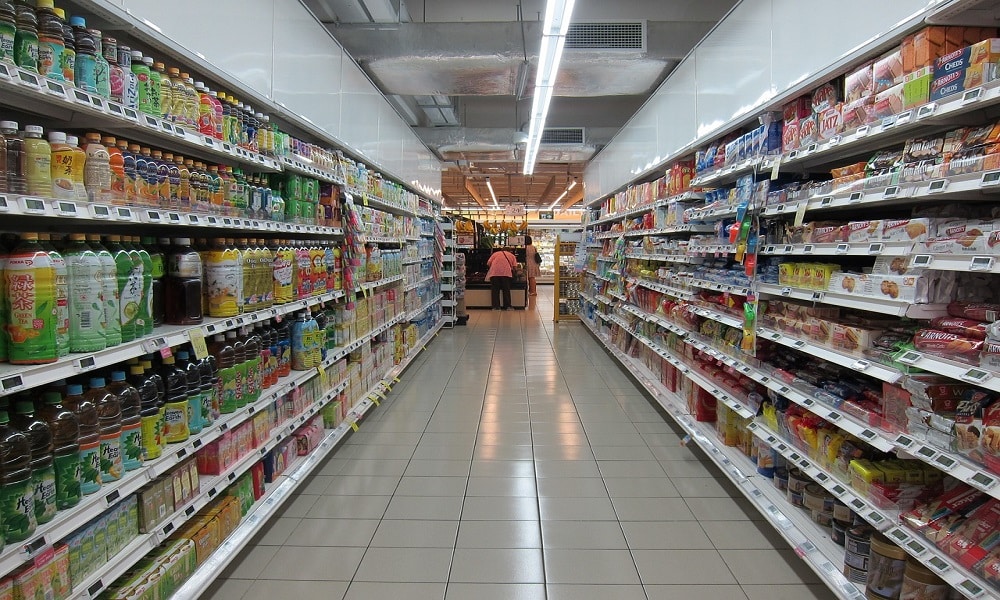Fostering customer loyalty in grocery stores presents unique challenges compared to other sectors due to varying consumer needs and motivations, extending beyond mere price considerations. Grocery stores, often frequented for their convenience and competitive prices rather than ingrained loyalty, must strategically employ carefully selected tactics to encourage repeat visits.
In this article, we will delve into the profound impact of the COVID-19 pandemic on the grocery industry, emphasizing the imperative need to integrate technology to enhance loyalty efforts. Additionally, we will explore best practices for implementing effective loyalty programs. To provide a practical illustration, we’ll examine a loyalty management platform designed to augment marketers’ strategies. Join us as we embark on an insightful journey into customer loyalty within the grocery sector!
Grocery Customer Experience in a Post-Pandemic World
The COVID-19 pandemic has significantly impacted the grocery retail industry, altering consumer shopping behaviors and emphasizing safety and convenience. Online spending has surged, necessitating contactless pickup and delivery options.
In the U.S., in 2020, online spending surged by 41.4%, condensing the growth of two years into a single year, and in 2021, it grew by 8.9%.
Additionally, economic fluctuations have led consumers to seek value-oriented brands. Adapting to these changes is crucial for building customer loyalty in this evolving landscape.
Leveraging Technology in the Grocery Sector for the Best Customer Experience
Technology plays a pivotal role in enhancing customer loyalty in the grocery sector. Utilizing artificial intelligence (AI) and machine learning (ML) technologies, grocers can personalize customer experiences and adapt to evolving consumer needs.
Here are 8 ways technology empowers grocery retailers to boost customer loyalty:
- Data Analytics for Customer Insights: Utilize AI and ML data analytics to gather valuable insights into customer preferences, purchase history, and behavior for precise personalization.
- Mobile Wallets and Digital Coupons: Enable customers to store loyalty cards and redeem rewards using their smartphones, encouraging repeat purchases.
- Multichannel Engagement: Leverage technology to engage customers through email, SMS, push notifications, and social media, ensuring a seamless and convenient experience.
- Omnichannel Approach: Provide consistent experiences across all communication channels, allowing customers to earn and redeem points in-store and online.
- Interactive Loyalty Apps: Enhance customer interaction with the brand by developing dedicated loyalty apps that enable participation in challenges and events for additional rewards.
- Real-Time Feedback System: Implement a real-time feedback mechanism within the loyalty platform to gather customer opinions and suggestions.
- Supply Chain Optimization: Utilize technology to optimize stock management and product availability, enhancing the overall customer experience.
- Streamlined Checkout Process: Implement self-checkout kiosks or scan-and-go solutions to reduce waiting times and increase customer convenience.
Best Practices for Implementing Loyalty Programs within the grocery sector
Implementing an immersive grocery loyalty program necessitates a strategic approach that aligns seamlessly with customer expectations and business objectives. Leveraging a sophisticated customer loyalty management platform tailored to the grocery industry can significantly enhance the effectiveness of these programs.
First and foremost, gaining a deep understanding of customer preferences and behavior is key to creating a program that resonates with your clientele. The program’s design should encompass discussions regarding the types of rewards, potential tier structures, and engaging gamification elements. It should strive to be easily accessible and seamlessly integrated with both point-of-sale (POS) systems and mobile applications. Aligning your communication style with the brand image is essential, and consider launching educational campaigns to inform your customers about the value they can derive from the program.
Lastly, maintain an attitude of constant improvement – nothing remains static, especially in the ever-evolving grocery commerce landscape. Solicit customer feedback and conduct continuous evaluations to assess the program’s performance and identify areas for potential enhancement.
To sum up, the best practices for implementing immersive loyalty programs revolve around a deep understanding of customer preferences, the design of compelling rewards, and seamless integration. A customer-centric approach is paramount, encompassing personalized communication, educational campaigns, and an openness to continuous improvement based on invaluable customer feedback.
Building Engaging Loyalty Programs in the Grocery Sector: Conclusion
In conclusion, the grocery retail is undergoing a significant transformation, necessitating innovative strategies to retain and engage customers effectively. A harmonious blend of cutting-edge technology, strategic insights, and a customer-centric approach forms the cornerstone of successful loyalty programs within the grocery sector. As grocery retailers continue to adapt to shifting consumer behavior and technological advancements, the development of engaging loyalty programs will undoubtedly play a pivotal role in securing a loyal customer base and fostering sustainable growth.


